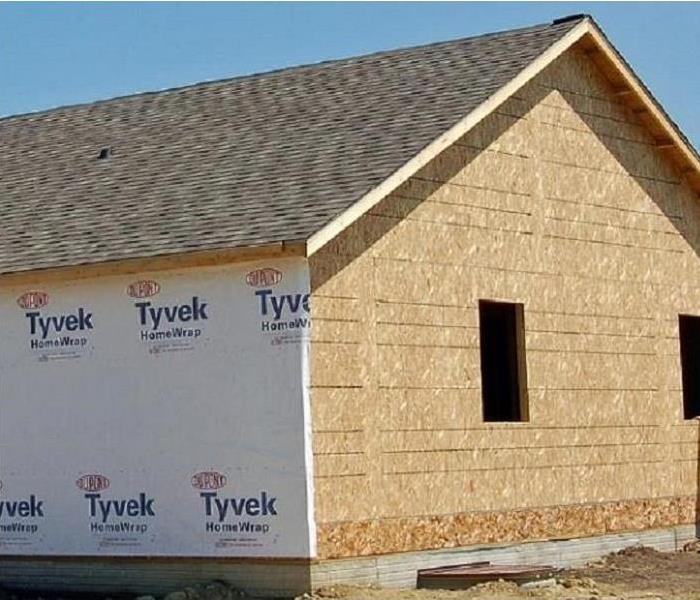Building & Material Properties Affect the Drying Process
7/19/2021 (Permalink)
 Building & Material properties will have a direct effect on successfully drying out a structure following a water damage.
Building & Material properties will have a direct effect on successfully drying out a structure following a water damage.
Building and material science is an ever-developing field. Our industry understands more about various materials and how to dry those materials than ever before, but there is certainly more for our industry to learn. As a restorer, our understanding of how buildings are put together (residential and commercial) will determine the effectiveness of our moisture inspections, material and assembly identification, and creation of a detailed demo and drying plan. The more understanding about buildings and materials, the more issues we can anticipate (and the more surprises you can limit).
A solid grasp of building and material science separates the “novice” who simply places drying equipment and the “professional” who establishes a drying plan based on project needs and challenges.
The building’s envelope can have a profound impact on the effectiveness of the drying plan. This is more concerning when outside weather conditions are not favorable for drying (high humidity).
The building envelope separates the interior of a building from the outside environment. The building envelope can include roofs, ceilings, exterior walls, doors, windows, finished floors, and foundations. The building envelope has several purposes such as keeping out wind, rain, and ground water, as well as controlling the transfer of energy between the inside and the outside. Some people refer to this energy control as the energy efficiency of the building. Ideally, the building envelope helps maintain a comfortable temperature and humidity for occupants, while providing adequate ventilation inside. When done properly, the building envelope can help avoid problems such as mold, poor indoor air quality, and water intrusion. Because of the potential impact of energy, air, and moisture movement, even small changes to the envelope can have a dramatic effect on the entire structure.
Structures are not airtight, meaning they are going to leak air. The IICRC S500 identifies three types of building envelopes: tight, moderate, and loose. These are based on the envelopes “ability to keep the outside conditions from adversely influencing the drying environment”. The S500 somewhat defines each of these.
Tight envelope – “drying conditions can be controlled without significant influence by the outdoors”.
Moderate envelope – “drying conditions will be influenced somewhat by the outdoors”.
Loose envelope – “drying conditions will be significantly influenced by the outdoors”.
There are several factors that help our project managers determine whether the building envelope is tight, moderate, or loose. This includes how often doors or windows are opened; as well as damage to the envelope such as roof, window, or weather strip damage. Our project managers and SERVPRO of West Kirkwood/Sunset Hills must also consider the building construction such as vapor barriers or insulation. Even the age of the structure is an indicator. Older homes (built prior to 1990) typically have a loose envelope due to the lack of focus on energy efficiency when they were constructed.





 24/7 Emergency Service
24/7 Emergency Service